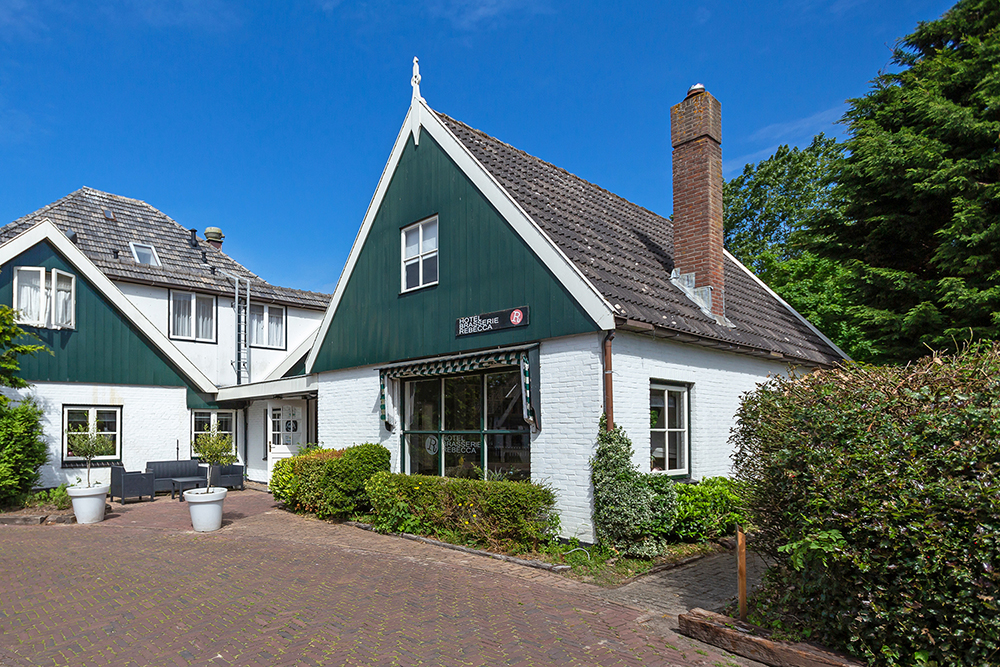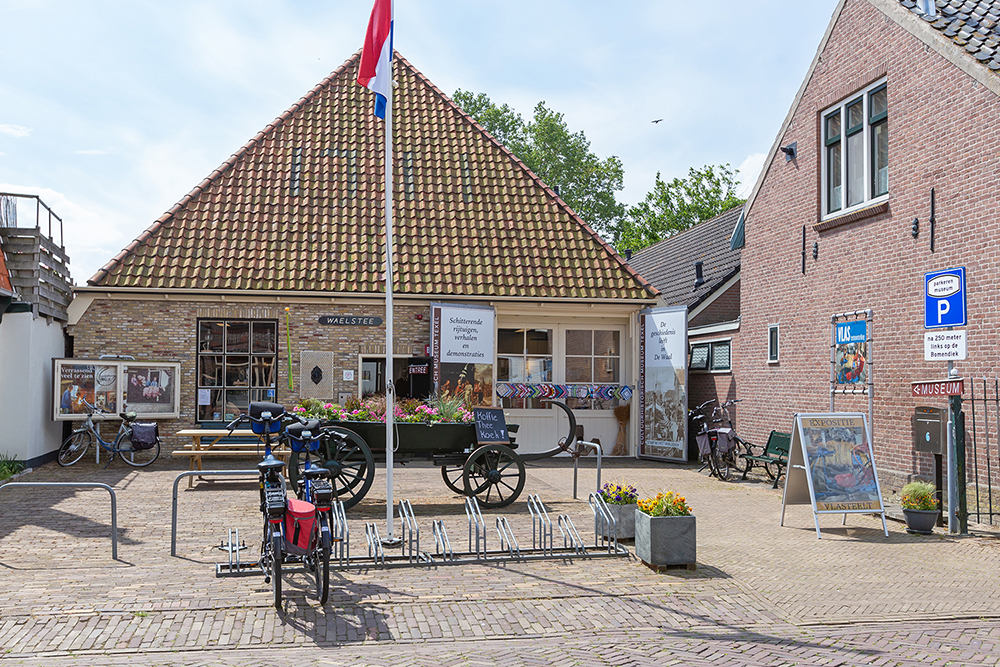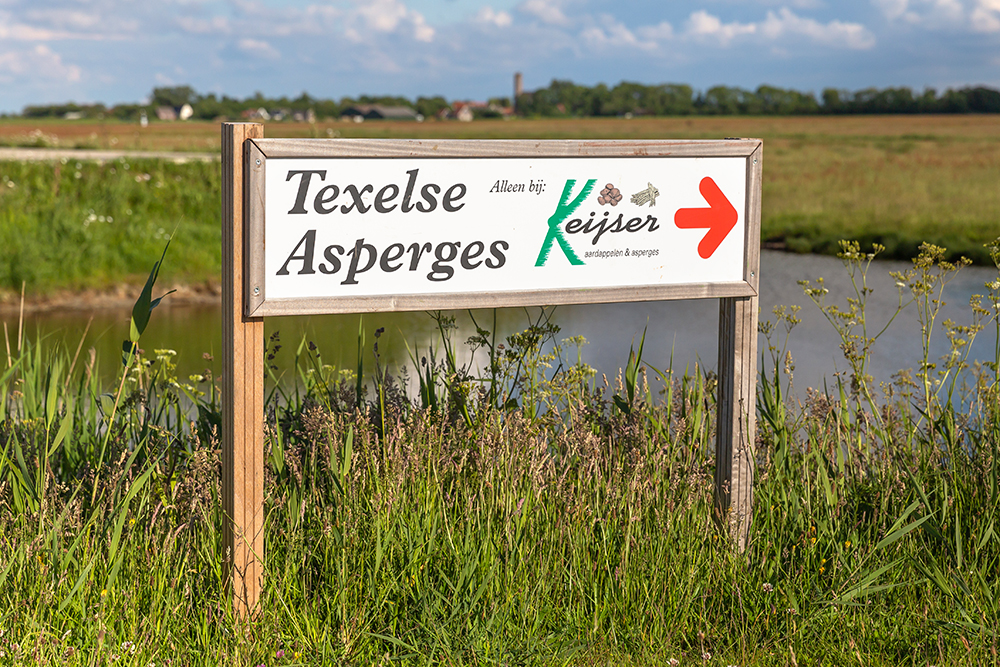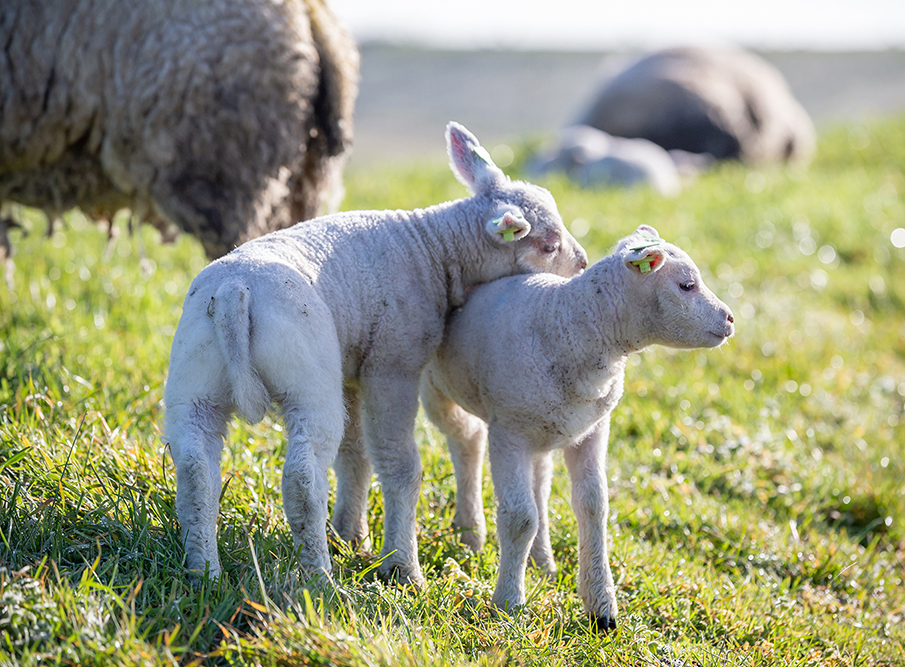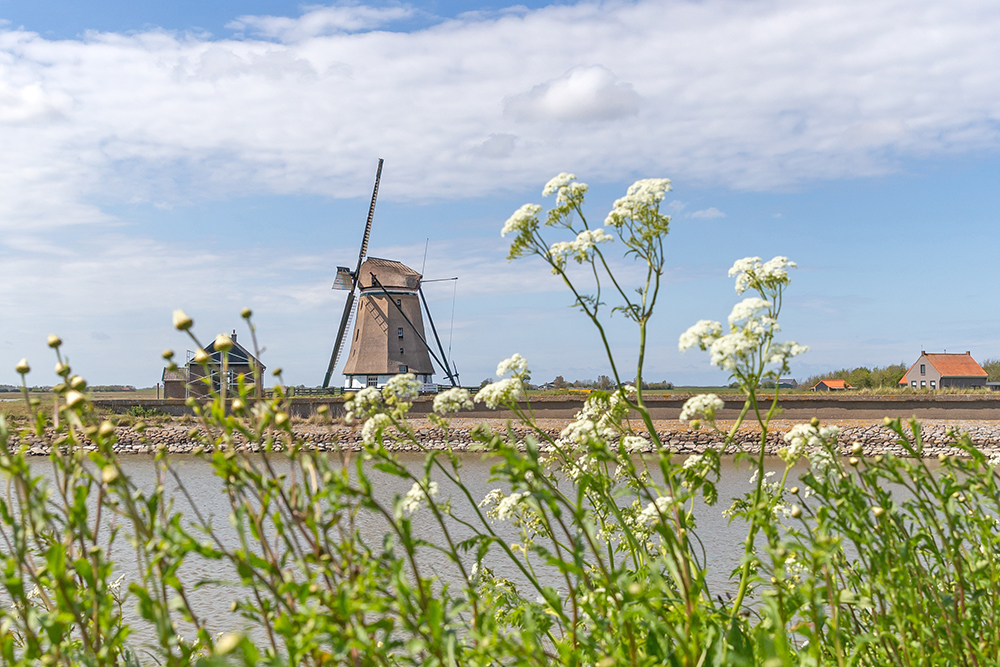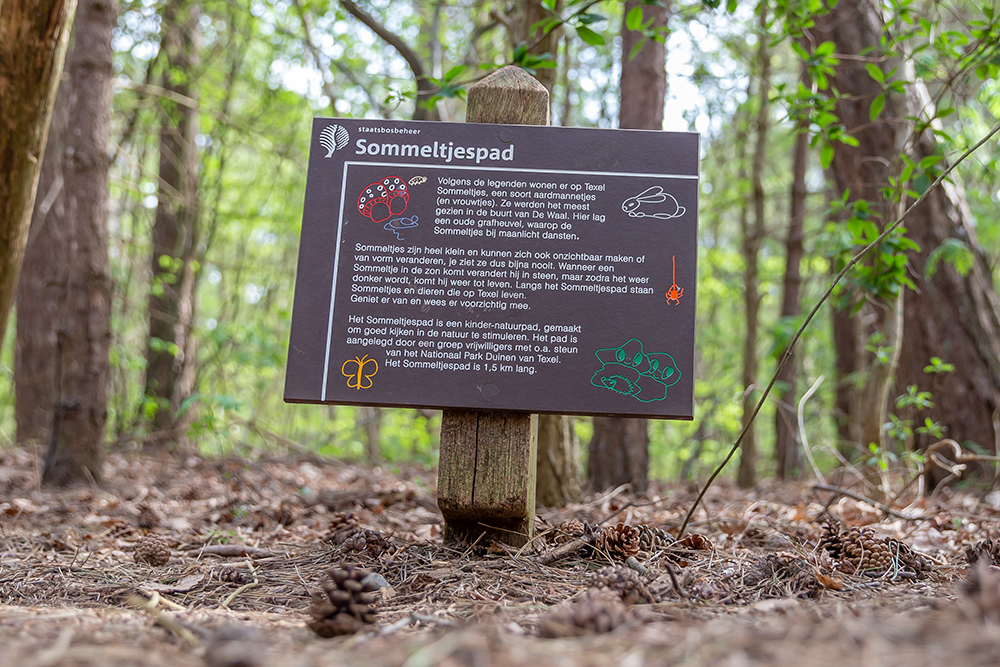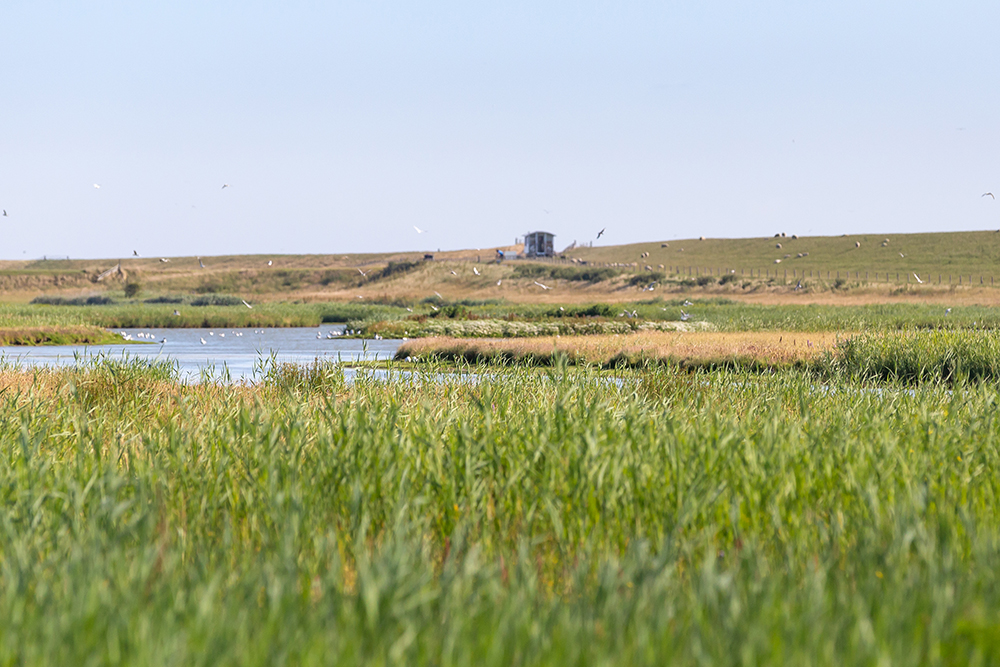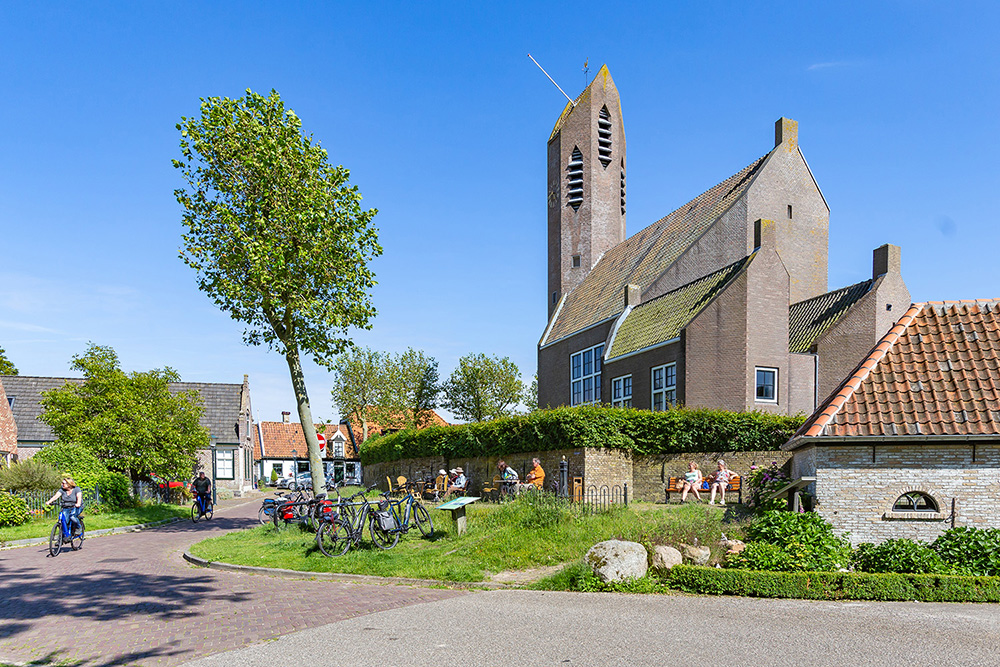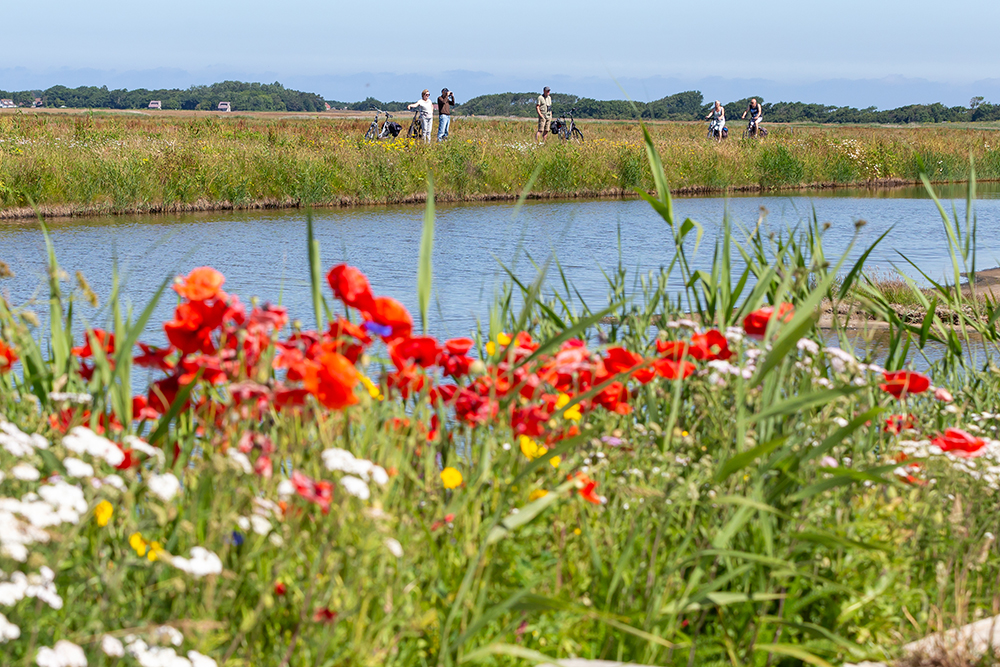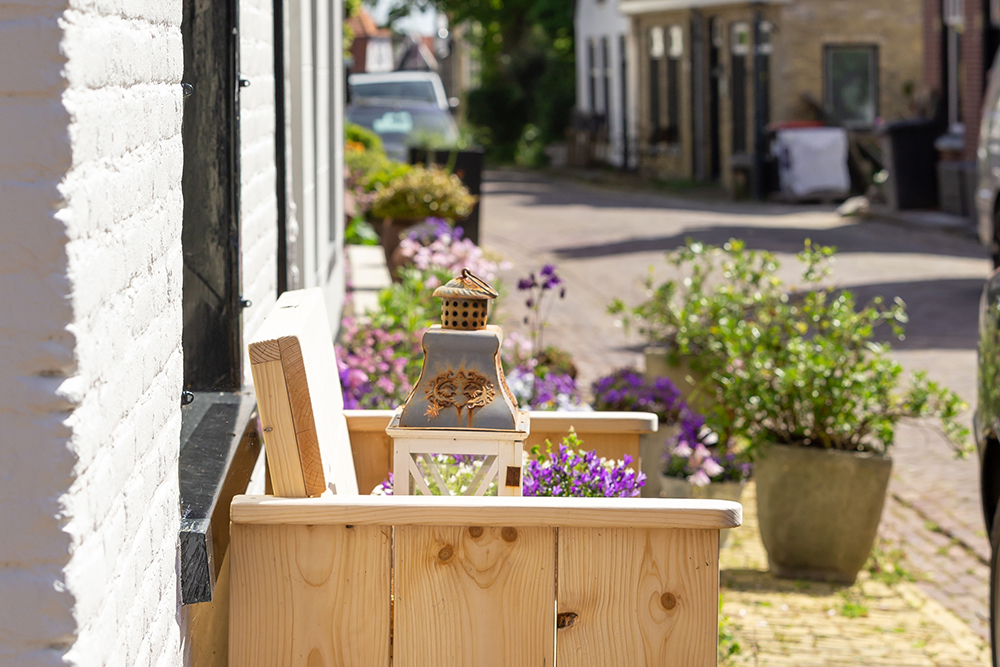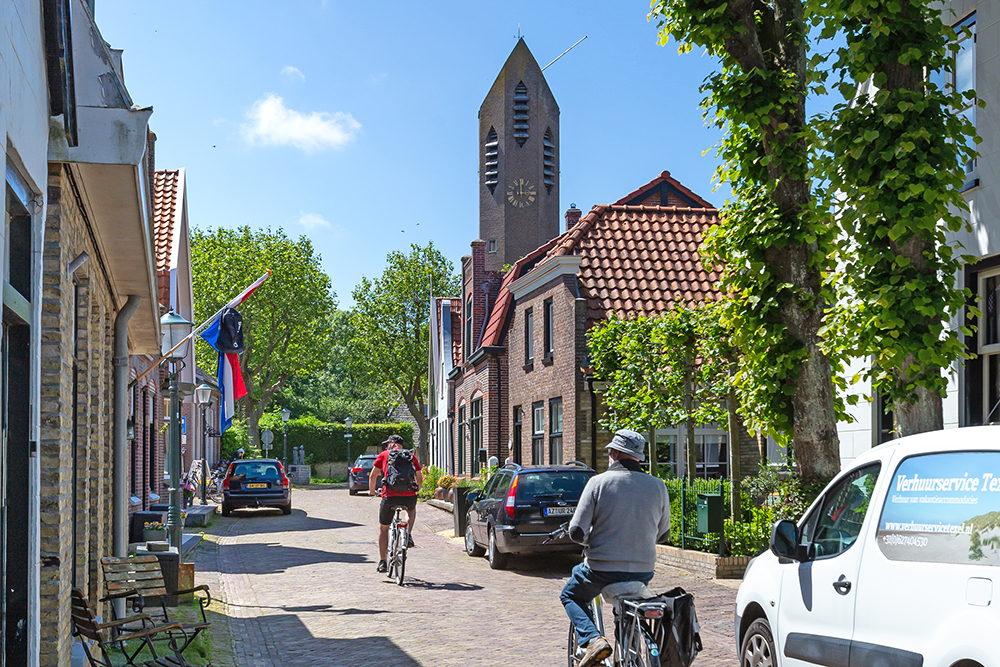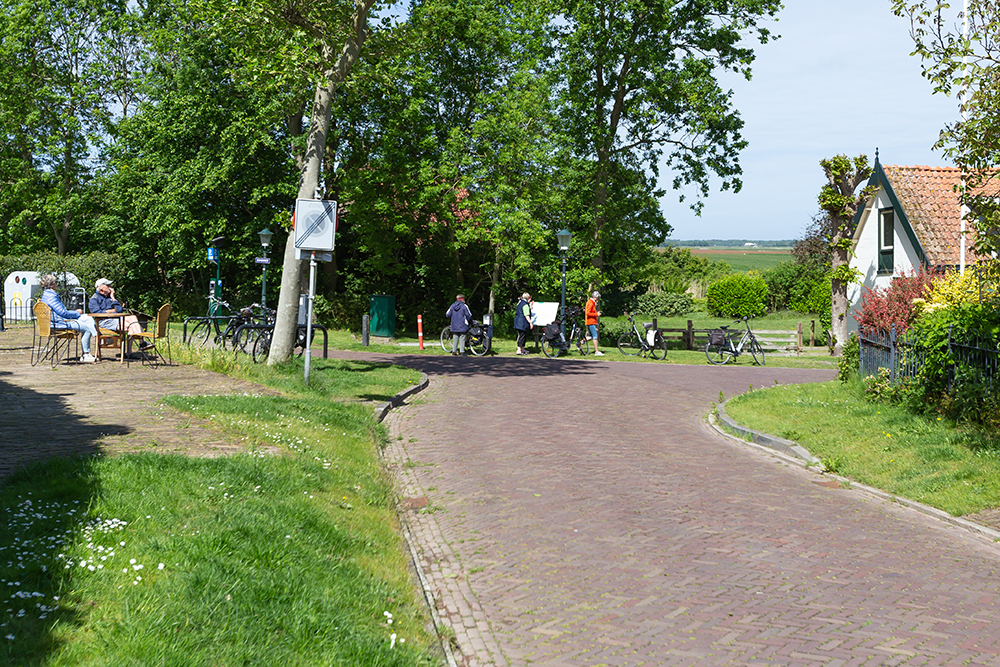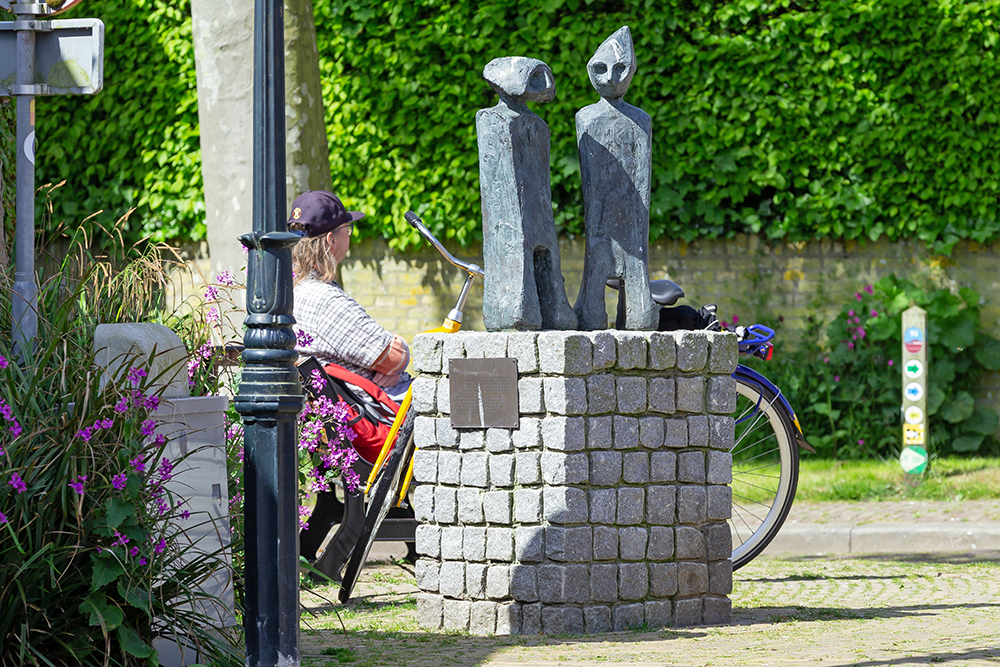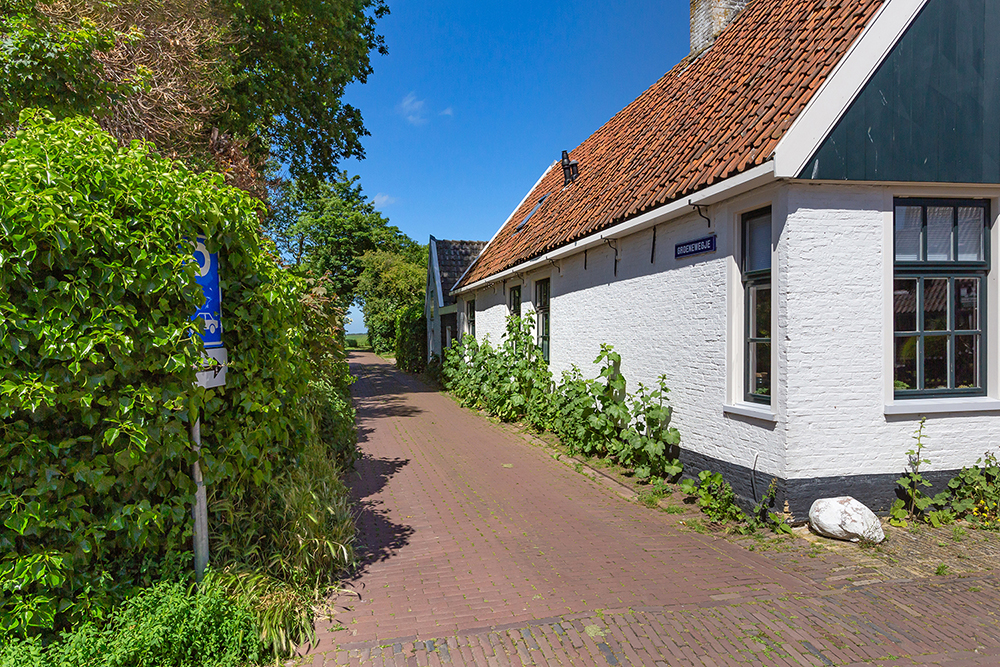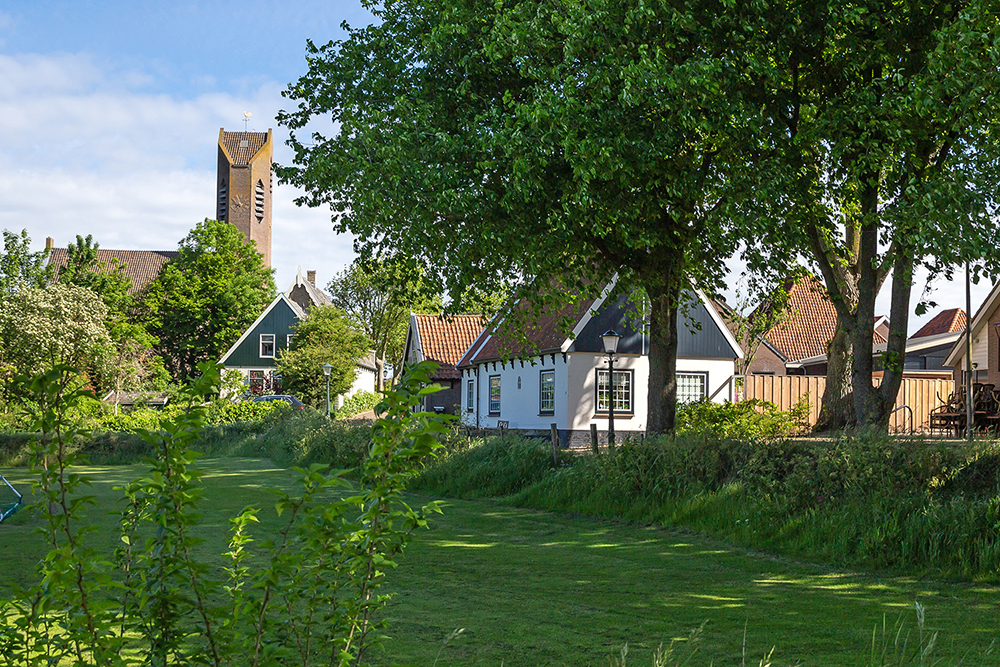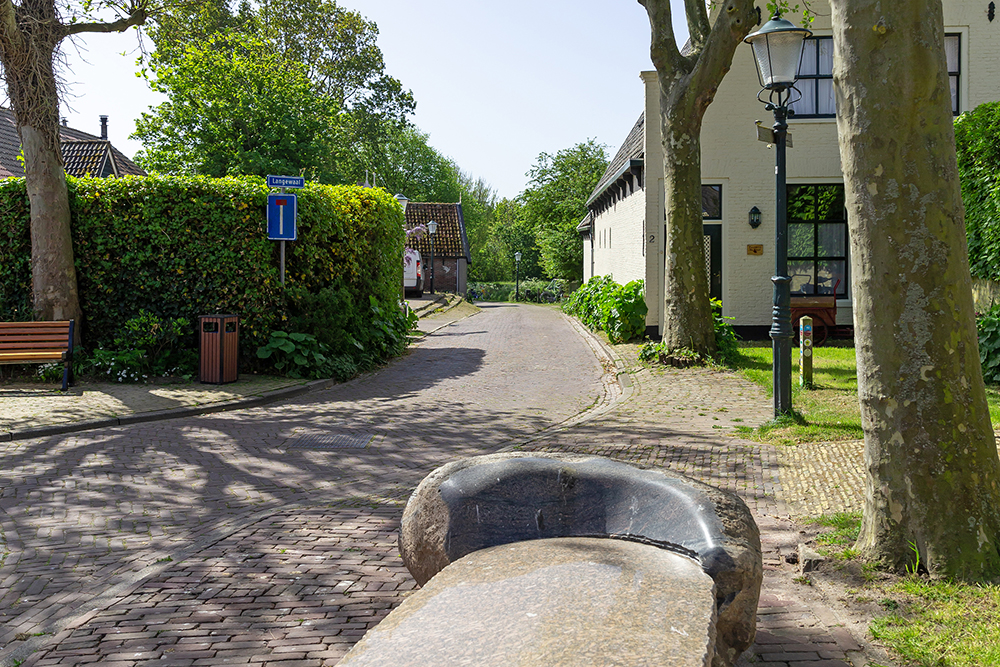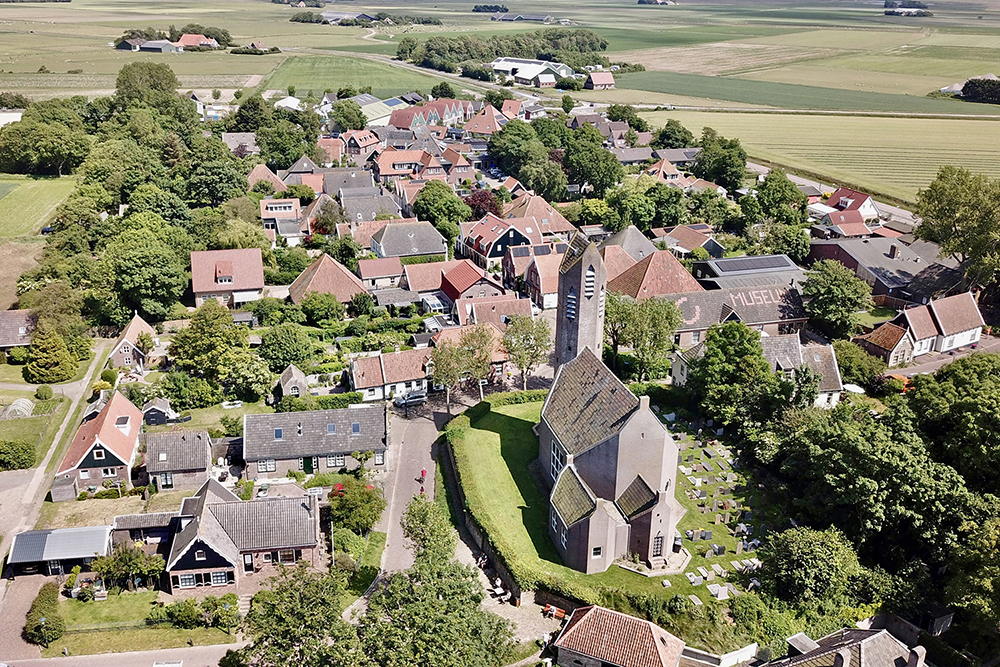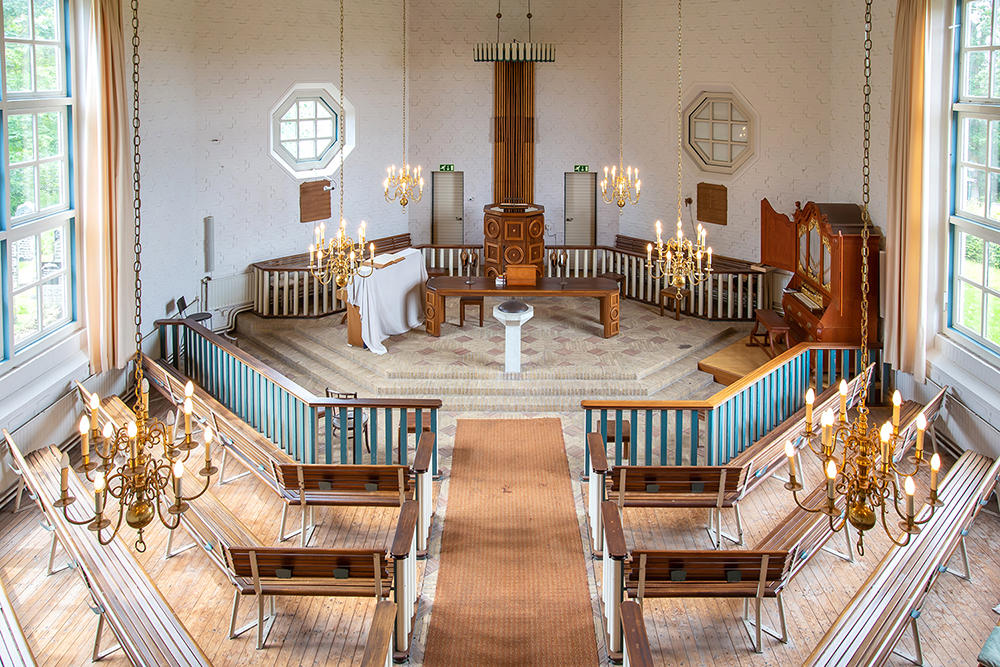De Waal, our village
De Waal is one of the seven villages on Texel. The first village, as far as we're concerned, because we love De Waal. But for many visitors to the island, De Waal is the seventh village, the last place they visit – many even skip it altogether. For us Waalders, this means that we enjoy the salutary tranquillity, but for the visitors of Texel it is a pity. They are missing out on something very special. De Waal, that is the heart of Texel.
Getting to know De Waal
De Waal is friendly, easy-going. When you cycle into the village you are immediately absorbed by it, the shelter from the wind is an experience in itself. The village street, the Hogereind, is built in a curve and the entrance to the village is a dike with trees on two sides, the Bomendiek. The village is therefore built in such a way that the wind, which is always present on Texel, has no hold over it. It typifies De Waal: sheltered from the wind, calm, comfortable. Here you can really catch your breath after a bike ride across Texel.
The village itself consists of an old street, the Hogereind. Along the Hogereind are several historic houses and also some characteristic farms. One of them houses the Waelstee museum, a museum about Texel culture. Hotel Rebecca is located in another small farm, just on the curve of the Hogereind. The best place to taste all the goodness of De Waal and to experience the benevolent peace of the heart of Texel.
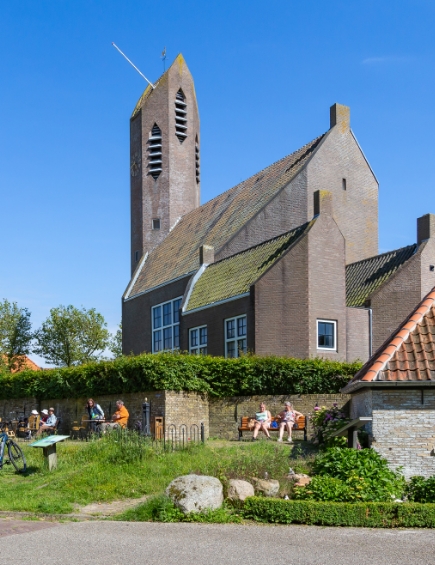
Cyclists who cycle up the Bomendiek will be rewarded with a beautiful entrance. This small dike with trees on both sides (you don't have to speak Tessels to understand the street name) runs in a gentle curve towards the village and ends at the special church.
To be seen in De Waal
De Waal has a very special church. The original village church was destroyed by acts of war in 1945, making it necessary to build a new one. In 1952, a modest building in the shape of an octagon was erected at the entrance of the village. This shape is also reflected in the details of the building, the architect, J.W.H.C. Pot, turned it into a real work of art. In 1962, the church also got a tower, by which De Waal is now recognisable from a great distance. The tower is also built in the shape of an octagon.
In addition to the church, you will also find many typical Texel houses in De Waal, often with red tiles and a wooden facade. A number of these houses are national monuments. This makes the atmosphere of De Waal very similar to that of Den Hoorn and the larger town of Oosterend. Visitors appreciate that De Waal has remained so authentic, although there is certainly some new construction, especially on the side of the main road that connects De Waal with Den Burg. But the old open view of the vast polder land of Waalenburg has been preserved. In recent years, this old polder has been transformed into a large nature reserve where the spoonbill can often be seen. In Nature Centre De Marel you will learn everything about this area. The marels themselves will probably also be around – marels, which are black-tailed godwits in Texel dialect.
Sommeltjes
There is another special feature at De Waal, an 'archaeological monument'. It concerns a piece of land where Roman and other ancient objects have been found, possibly an ancient grave monument. According to Texel legends, there is even more going on and this piece of land, the 'Sommeltjesberg', was inhabited by a tribe of goblins. These Sommeltjes danced after dark and collected silverware in their mountain, which of course explains the finds. A sculpture group still makes reference to these Sommeltjes. There is also a walking route, Het Sommelpaadje.
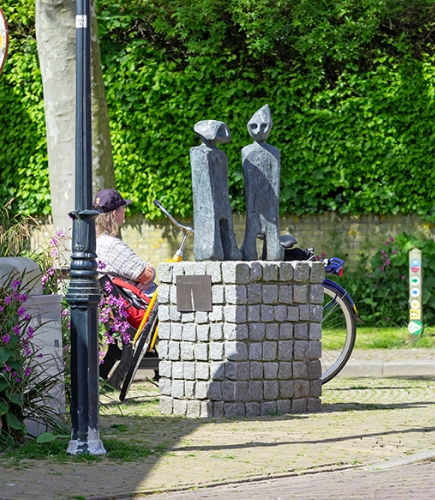
The Waalenburg nature reserve is an important meadow bird area near De Waal. The flowery meadows and salt marshes are home to plants, such as rare orchids, and many species of birds, including the ruff, oystercatcher, black-tailed godwit and redshank.
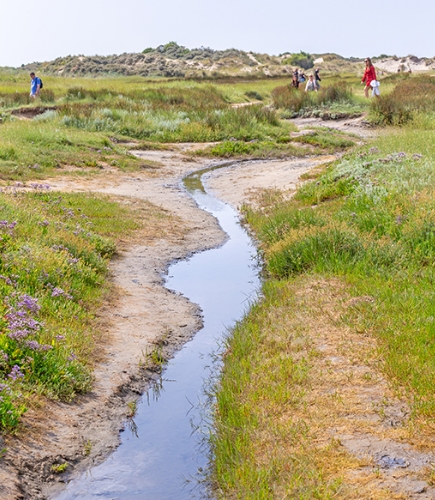
Nature Island
And of course there is more nature in the area, since Texel is known as a nature island. At the Waddendijk (east side of Texel) you will find Utopia, an inland dyke bird area. Sandwich terns and waders nest on the shell beaches and birds such as the Common ringed plover, Eurasian reed warbler and Western marsh harrier live here. The famous Slufter is also nearby. Less known but also very beautiful: De Muy, a beautiful valley in the dunes between De Slufter and De Koog.
Texel is blessed with no fewer than 230 kilometres of hiking trails – the beach alone is already thirty kilometres long – and 140 kilometres of cycling paths. You certainly won’t get bored here!

